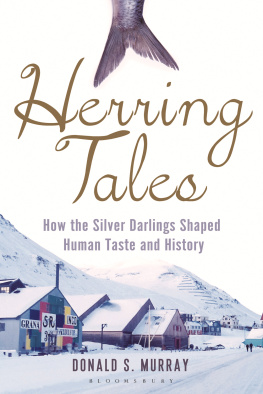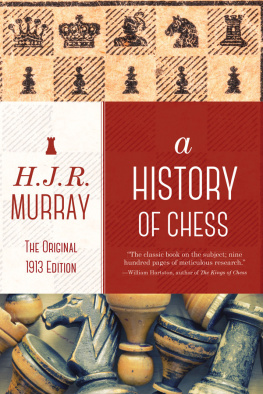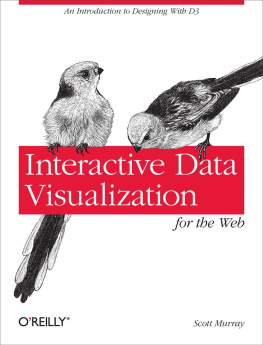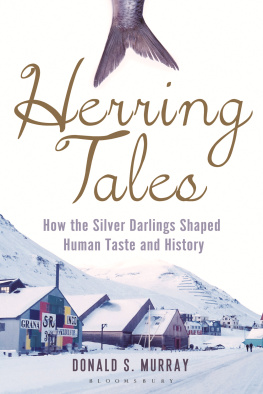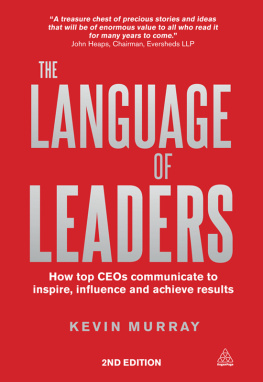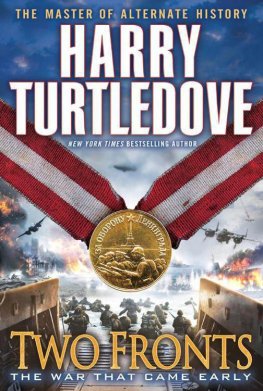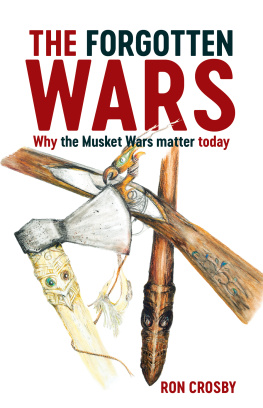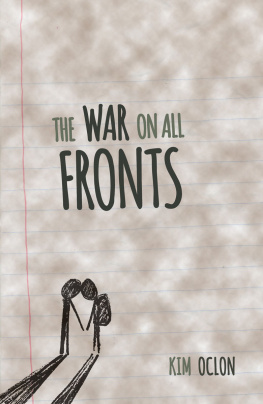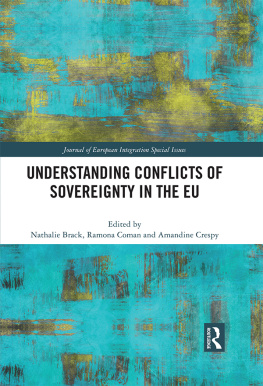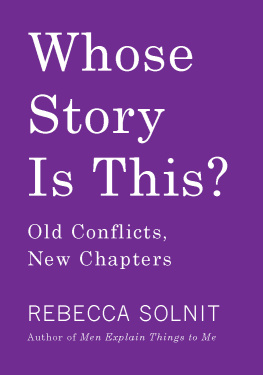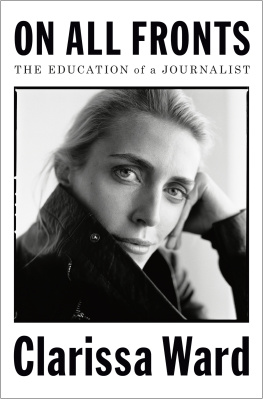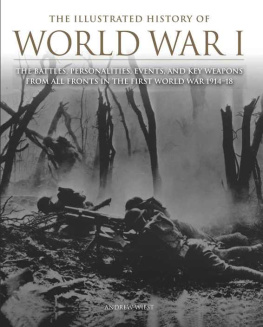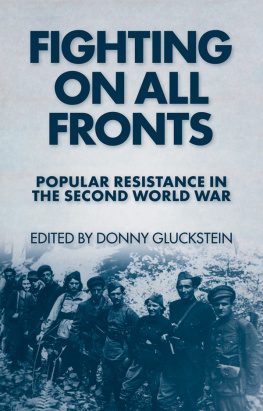1
Introduction
Chris Murray
The Second World War is a conflict of such massive complexity that we struggle to grasp the magnitude of the war. As a result, often it gets boiled down to simplistic retellings of two massive forces battling: good and evil, Axis and Allied. In popular culture, we see it in video games and movies where the story is of the Soviets, the Brits, the Americans, the Japanese, or the Nazis. The complexity and ambiguity of the war is too taxing to grapple with for these mediums. The sheer loss of life reaches numbers that are incomprehensible and abstract. The ugly truth of the brutality displayed by participants on all sides makes it difficult to glean lessons from the war. It also leaves a series of unpalatable and unsettlingly open-ended questions. The simplification is therefore a coping mechanism as well as an effort to make sense of the insensible.
There are only rare exceptions where these mediums reach out to the ugly uncertainty and ambiguity of the war with its largely open-ended close. In historical literature on the subject, there is a great deal more nuance. However, even then, there is a struggle with the same need to simplify in order to tackle the subject. Distinct approaches to doing so are generally identifiable in literature of this kind. The first is the abstract general retellings of the entire war that very much conform to the model already mentioned where a global war between the Axis of Nazis, Japanese, and only sometimes Italians face off against the Allies. The Allies are generally portrayed as two-track with the Soviets on one side and the Western powers, an amalgam of mostly American and British, on the other side. Some of these works limit themselves to one of a few fronts that are presented as representing the entire war. The Eastern Front and Western Front (both in Europe), the Mediterranean (sometimes given its due treatment and sometimes presented as a lead up to the invasion of France), and finally the War in the Pacific which is dominated by US island hopping against Japan with only brief mention of the British in Singapore are presented as if they are the war in its entirety.
Alternatively, there is literature that fixates on the humanity of the war, the experiences of those who actually lived through the hell. Historians, such as the popular Max Hastings, retell individual experiences that are engrossing and incredibly important to furthering our understanding but in doing so can sometimes lose the forest for the sake of the trees in some cases, so much so that we can almost be forgiven for forgetting exactly what war is being written about. This is not to take away from incredibly poignant stories that do much to create a deeper understanding of the swirling chaos that very much deserves the moniker the fog of war where in it is hard to reach beyond ones own immediate reality to grasp at the larger forces at work.
Finally, there are those narratives with narrow focus on a singular dimension of the war. These attempt to retell the story of the siege of one place, a battle for another, or the diplomacy of one relationship. They are efforts to break down the war into small pieces in search for depth over range. These are perhaps the most important in their ability to further an understanding of not only these events but also the factors influencing them. They are also the most closely related to the chapters that follow. The problem associated with these works is in striving to understand with some level of depth the nuance of a particular aspect of the war, and the greater context of those larger forces at work can be obscured.
It is a very rare thing to see these micro-level studies stitched into the mosaic of the larger war effort. Context being key, a great deal can be illuminated through the juxtaposition of the micro-level study and the larger events of the war. The appreciation of the larger context and the way these two levels interact and influence one another requires a great deal more appreciation than it is often given. Likewise, viewing these various micro-level studies collected together provides new perspectives by highlighting their unseen interconnected nature. In a sense, the book that follows illuminates the hidden ways that small, far-off events are connected to both one another and the larger war and remind us of the countless unseen factors that influence the course of every element of the war.
The great powers engaged in this war for the worlds future had their view cast in many directions simultaneously and as a result seemingly divorced components of the war intruded upon one another, weighing heavily in considerations. Beyond this, there is the reality that the Second World War was not simply a single war but many overlapping wars as well. The British historian Anthony Beevor got close to the mark when he remarked:
The Second World War should be viewed as a conglomeration of conflicts with traditional state to state warfare between great powers but also, beyond this there is an element of international civil war.
The Second World War was very much a mosaic of overlapping conflicts, civil wars, and revolutions, which coalesced at the outbreak of the Second World War. When viewed in this way, the Second World War becomes as much the meeting point of several smaller conflicts as it is the conventionally viewed conflict of two great alliances. That is not to dismiss the conventional view; it is correct, but it is not the whole story. There is a symbiotic relationship underneath the narrative wherein this larger overarching conflict was the catalyst for many of these smaller conflicts as well as being rooted in some pre-existing ones. There remain huge blind spots, even within these widely published narratives, that have yet to have their due treatment. The studies of the Second World War, especially with regards to these lesser-studied elements, are critical fields of academic inquiry. This is not simply history for historys sake. Much of what occurred within the Second World War is directly transferable to contemporary conflicts and can serve to inform approaches to modern geopolitical crisis.
What we find is when we collect these various retellings of local micro-level narratives focused on far-off events is the way these various, largely disconnected conflicts exerted themselves on the larger war to influence one another. Great things can have small beginnings, and likewise small things can have large and unforeseen far-off effects. In the coming chapters, several far-off and sometimes forgotten, or even unknown, elements of the Second World War will be discussed. In these disconnected retellings, common themes will begin to emerge. The first of these is that the timeline of the war itself is simplistic. Small conflicts that persisted after the close of the First World War, as well as new ones which occurred in the lead up to the Second World War, highlight that there was not a single definitive start date and the outbreak of global hostilities was the culmination of long-brewing trouble.
The following chapter concerning British recruitment in Nigeria is indicative of a larger colonial aspect to the Second World War that is largely ignored in favour of larger theatres. In Nigeria, and much of Africa, we see that British colonial forces had been on alert for 5 years prior to the outbreak of the war because of Italian encroachment in East Africa. This meant that, for Africans at least, the timeline of the Second World War looks very different. Likewise, when reading the coming chapter of China, we will see from the Chinese perspective the nature and timeline of the war is very much skewed by local realities.
We also come to see another theme emerge, the chaos of events. This refers to multiple facets of the war, the timeline itself already mentioned. The war also released social chaos, even on the home-front of stable countries like the UK. The coming chapter on the UK home-front will show how the war sowed the seeds of distrust and stoked fears of a fifth column emerging of enemy-aligned dissidents seeking to erode British resolve from the inside. These fears were largely reflective of pre-war tensions in British society (fear of subversion, political conservatisms interest in fascism and communism) but also an indication of how the war was imagined to be (use of subversion) rather than the reality. This example of the power of hysteria in a modern society at war is likewise a manifestation of chaos as a force unto itself in the Second World War.


